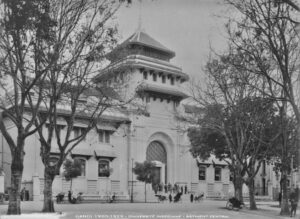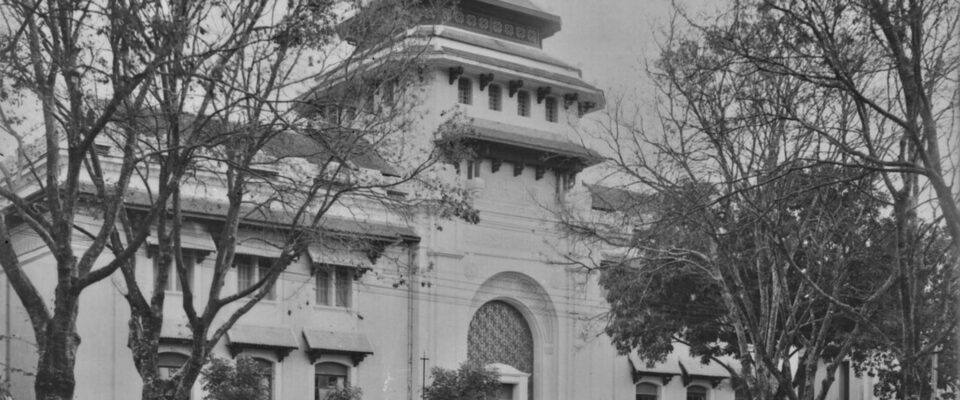Hanoi Medical University (formerly known as École de Médecine de l’Indochine (Indochina Medical School)) is the leading and oldest medical university in Vietnam that is still in operation. The university was awarded the Golden Star Order on the occasion of its 105th anniversary on November 14, 2007. It is one of 15 key national universities and one of the seven leading medical schools in Northern Vietnam.

The predecessor of the school is Ecole de Médecine de l’Indochine (Indochina Medical School), established by the French in 1902. The school is located in Hanoi and was founded by the French in 1902. The first principal of the school was Alexandre Yersin. Along with other specialized schools established during that period, such as the Hanoi Vocational School (Ecole Professionnelle de Hanoi) founded by the Hanoi Chamber of Commerce in 1898, the Hanoi Civil Service School (Ecole d’Administration de Hanoi) in 1897, and the Public Works School (Ecole des Travaux Publics) in 1902, this is one of the first schools in Vietnam to provide Western-style education.
In 1906, Governor-General of Indochina Paul Beau established the University of Indochina, and the Indochina Medical School became a member of this university and continued its training even after the university temporarily ceased operations in 1908.
In 1913, Governor-General Albert Sarraut signed a decree to establish the Indochina School of Medicine and Pharmacy, based on the old medical school.
By 1914, the school had trained 237 physicians, nurses, and midwives.
The medical school was located on Le Thanh Tong Street, and behind it was the experimental hospital now known as 108 Hospital.
In 1945, the school was renamed the Vietnam Medical University.
In 1954, joining the victorious crowd, the University of Medicine in the resistance returned to Hanoi, along with urban doctors, to continue building the Hanoi University of Medicine and Pharmacy in a new phase, the phase of building a socialist North. After eight years of resistance against the French, Vietnam’s healthcare and medicine were quite far behind the world. The school’s teachers and students strove to close this gap. Developments in cardiology, malaria, liver resection, etc., are associated with the names of Professors Ton That Tung, Dang Van Ngu, Dang Van Chung, and others, so the world began to know about the nascent medicine of Vietnam.
In 1961, the Hanoi University of Pharmacy split off and took over this campus, and the Hanoi Medical University moved to 1 Ton That Tung Street and has remained there until now, next to Bach Mai Hospital. It also has offices within Viet Duc Hospital.
In 1965, when the U.S. Air Force bombed the North, expanding the invasion war across our entire territory, the teachers and students of the Medical School, along with the whole country, provided aid to the South. They were present everywhere in the country, from the North to the South, from the islands to the high mountains, from the southern battlefields to the Laotian battlefields. Many people fell in battle, such as Professor Dang Van Ngu and Doctor Pham Ngoc Thach.
To ensure training, the school once again evacuated to the mountains and forests of Thai Nguyen, where first and second-year students studied basic sciences and fundamental medicine. They later returned to Hanoi and the Red River Delta provinces for clinical practice.

